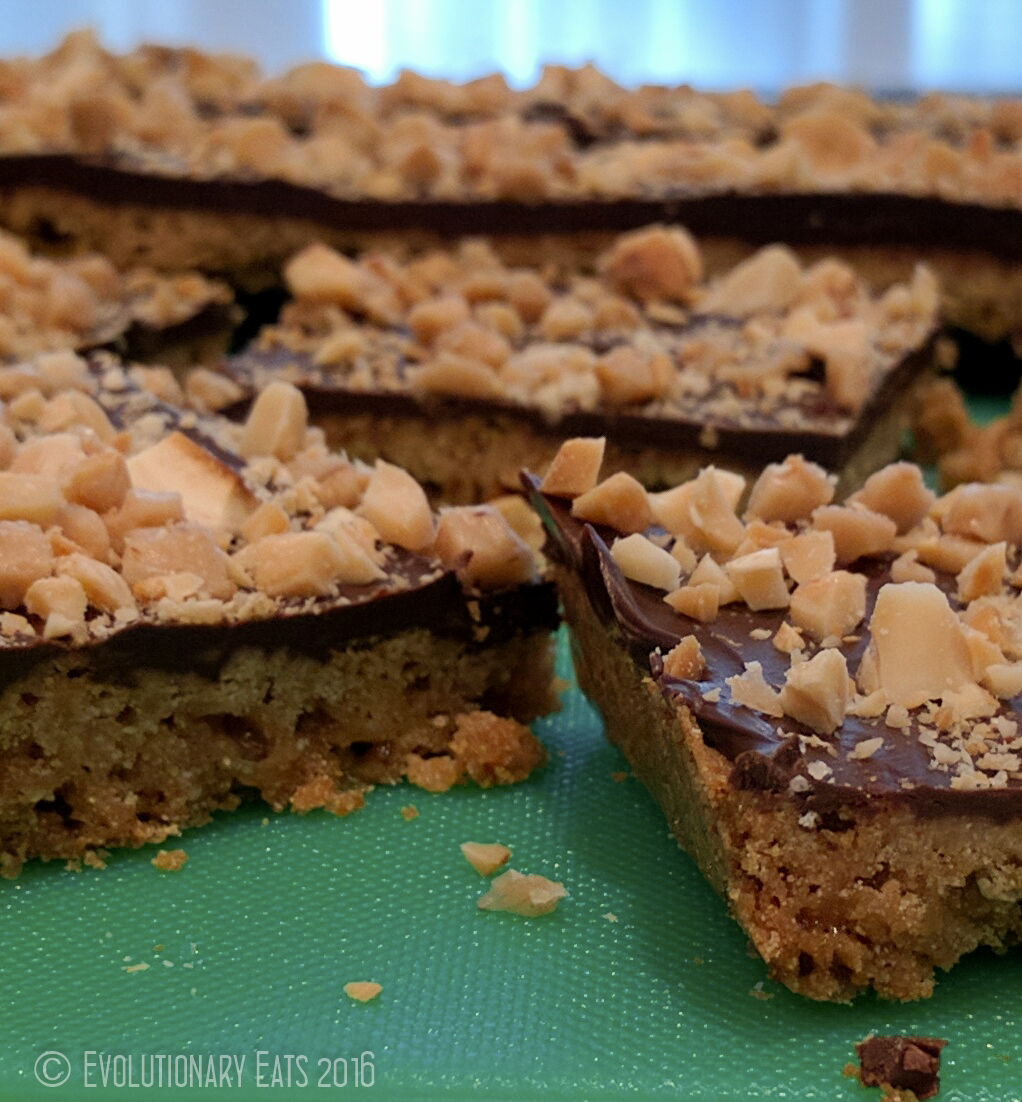She poured the dough onto the counter, dusted with flour. First, she mashed the dough with her hands, forming a disk, then more flour and the very ancient rolling pin would finish the job and the disk would become a flat piece of unbaked crust, the perfect size for a pie pan.
A brief search on the interwebs yielded a mix of recipes for salmon patties, cakes and croquet. About half include…
When Great Food Looks Like Sh*t I have been told so many times that we eat with our eyes. In…
An Open Request to my Chef Friends- Celiac Disease is not a fake made up thing. And some good science…
Family and our food history are important to me Beef stroganoff is a recipe that has been around since the…
Meal Planning revisited A few years ago, when I started this website, one goal was to teach people how to…
The “fun” wine job There are so many wine workers who schlep around wine all day long. And beer and…
I had to get a job! No worries, it’s one I like and my bosses seem to like me. It’s…
Evolutionary Eats is about family and the evolution of family. And I decided that I wanted to learn more…
Is Your Diet Undermining the Benefits of your Thyroid Medication? I don’t eat yogurt for breakfast anymore. And I can’t…
